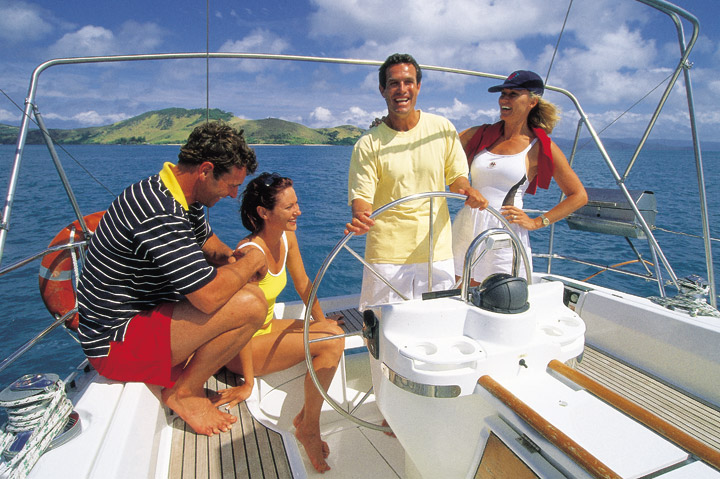Sailopia.com - Sail Care & Maintenance.
PREVENTATIVE MAINTENANCE
Diligent sail care and maintenance will insure that your new sail lasts as long as possible. We recommend that your sails be inspected and serviced once a year. The sooner any chafe, mildew, or other problems are detected, the easier it is to take care of them. Your local Doyle loft will inspect all stitching and hardware. For winter storage, your sails should be stored dry and free of salt. They should be folded without any wrinkles and kept at room temperature.
UV PROTECTION
Ultraviolet rays are the number one enemy of your sails. Left exposed to the sun when not being used, your sails will deteriorate rapidly. All mainsails, mizzens, and club staysails should have sail covers that protect them. All rollerfurling genoas should have leech and foot sun covers to protect the sail fabric from the sun when the sail is furled on the headstay. (Be sure that your sail is rolled correctly—with the sun cover on the outside.)
FLOGGING & OVERLOADING
Sail care starts with learning how to properly set and trim your sails. If you let your sails flog and flap in the breeze, the sailcloth will be broken down quickly and become prone to tearing. Understanding where to correctly position your genoa leads and how to maintain proper halyard and sheet tension will lead to a properly set sail. Be sure to keep the leech line adjusted so that the leech does not flutter. Properly set sails last longer, and you will experience improved performance. With correctly set sails, your boat will have a better chance of sailing up to its potential. For more information on proper genoa leads, halyard tension, and sheet tension, please read the Doyle Sails Genoa and Mainsail Trim Guides.
WASHING YOUR SAILS
Depending on the number of hours and type of use, it will become necessary to wash your sails. Washing serves two purposes: First, it rids sails of salt, dirt, and other contaminants. Salt-encrusted sails are harder to handle, and because salt is a crystal it will shorten the life of your sails. Second, washing helps remove unsightly oil, grease, rust, and mildew stains.
USING SAIL CLEANERS
Be sure to read, understand, and follow directions on any cleaning product you may choose to use.
- Oil and Grease. Sometimes sails pick up oil from touching various parts of the boat such as the mast, boom, spreaders, bow pulpit, and stanchions. The removal of these types of stains starts with trying to emulsify the stain. An automotive degreaser such as Simple Green® will help to break down the stain. Follow with a mild soap and a thorough rinsing. How long the stain has been left on the sail will dictate how much elbow grease you’ll have to use.
- Rust. Rust is an iron oxide. This substance gets on sails because of oxidation of stainlesssteel wire or shackles that come in contact with sails. There is only one chemical that removes rust: hydrofluoric acid. While this acid does not alter sailcloth, it is extremely dangerous to humans. We do not recommended that you try to use this acid; let your sailmaker treat any rust stains.
- Mildew. Most sails will eventually end up with mildew stains. The most common chemical used to remove mildew is sodium hypochlorite— commonly known as bleach. Most mildew disappears quickly when bleach is applied—if doesn’t, the stain probably will not come off. A thorough rinsing is needed after applying bleach.

Something of Interest
Sailing is one of the most eco-friendly sports on the planet! with more than 5000 year old technology the sport of sailing is becoming ever more popular in the technological based world. There is nothing greater than to spend a relaxing day on the water!